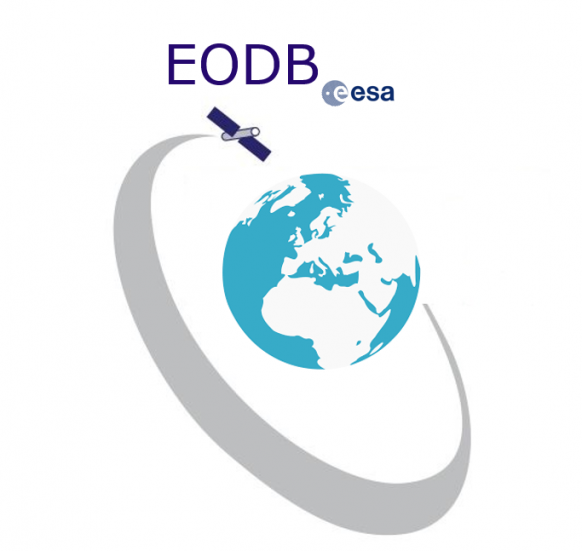OPPORTUNITY
There are different ways that food and beverage fraud can be committed for instance, the ingredients can be substituted with one of a lower quality, the food label can be distorted to provide false information or the food can be counterfeited. What each have in common is that these malicious acts do not happen by chance as theybring an economic advantage to the perpetuator and cause deception to the consumer.





